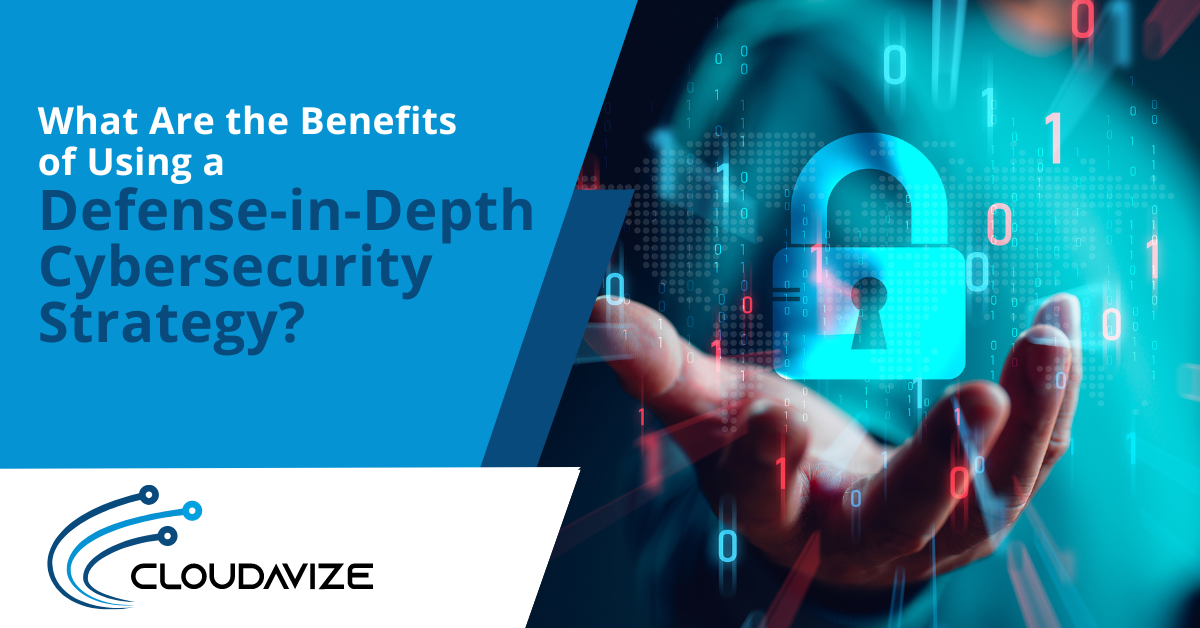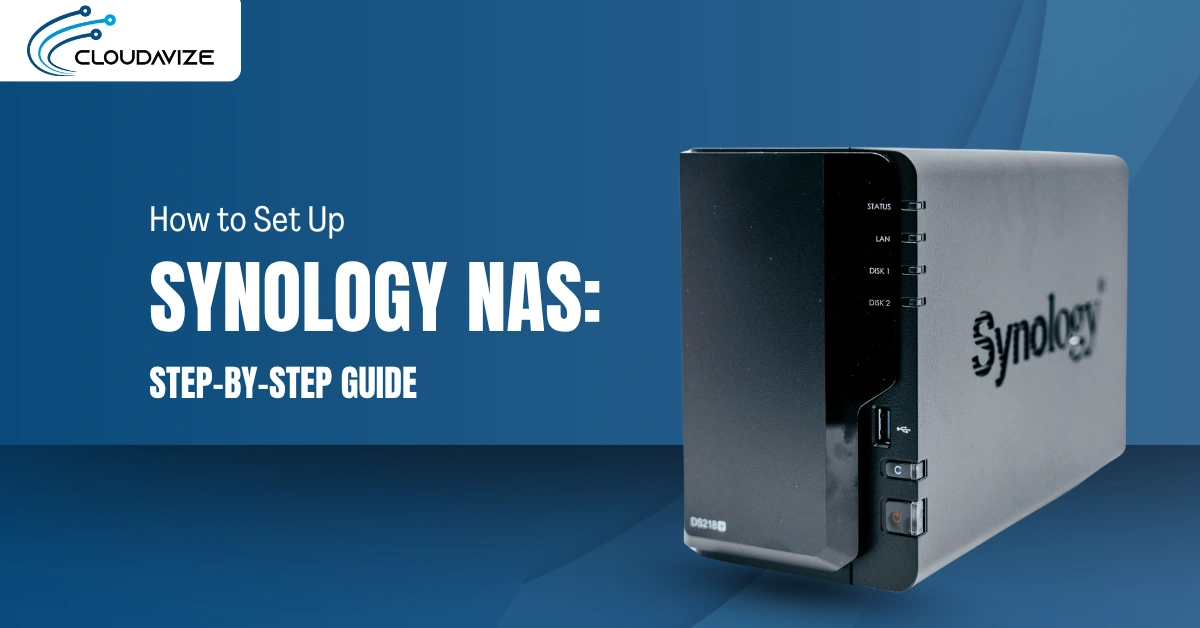In today’s interconnected world, where cyber threats are on the rise, organizations face constant risks to their sensitive data and digital infrastructure. To counter these evolving threats, a comprehensive cybersecurity strategy is essential. One such approach gaining prominence is the defense-in-depth cybersecurity strategy.
This multi-layered and proactive approach provides organizations with a strong defense system against various cyber attacks. In this article, we will delve into the benefits of using a defense-in-depth cybersecurity strategy and explore why it is crucial for modern organizations.
Table of Contents
Understanding Defense-in-Depth Cybersecurity Strategy
A defense-in-depth cybersecurity strategy involves the implementation of multiple layers of security controls to protect an organization’s networks, systems, and data. Instead of relying solely on a single security measure, this approach combines preventive, detective, and responsive controls to create a robust and resilient security posture. By adopting a layered approach, organizations enhance their ability to detect, prevent, and respond to cyber threats effectively.
Enhanced Protection against Advanced Threats
One of the primary advantages of a defense-in-depth cybersecurity strategy is its ability to provide enhanced protection against advanced threats. Traditional security measures often focus on perimeter defense, such as firewalls and intrusion detection systems.
However, cybercriminals have become more sophisticated, using techniques like social engineering, zero-day exploits, and advanced malware to bypass traditional defenses. With a defense-in-depth approach, organizations can fortify their security by incorporating technologies such as next-generation firewalls, advanced endpoint protection, behavior-based threat detection systems, and threat intelligence feeds.
By combining these layers, organizations create a more robust security framework that can detect and respond to threats more effectively, reducing the risk of successful cyber attacks.
Minimized Impact of Security Breaches
While no security measure can guarantee complete protection, a defense-in-depth strategy can significantly minimize the impact of security breaches. By implementing multiple layers of defense, organizations create barriers that make it harder for attackers to infiltrate critical systems and extract sensitive data.
Even if one layer is breached, the subsequent layers act as additional hurdles for the attackers, increasing the chances of detecting and mitigating the breach before significant damage is done. This layered approach allows organizations to limit the exposure of sensitive information, protecting their reputation and avoiding costly data breaches.
Additionally, with comprehensive monitoring and incident response mechanisms in place, organizations can quickly identify and contain any breaches, minimizing the potential damage and downtime.
Flexibility and Scalability
Another benefit of a defense-in-depth cybersecurity strategy is its flexibility and scalability. Organizations can tailor their security controls to meet their specific needs, industry regulations, and threat landscape. This flexibility allows for the integration of new technologies, security updates, and best practices as they emerge.
For example, as organizations adopt cloud computing or Internet of Things (IoT) devices, they can incorporate specialized security measures to protect these assets. Additionally, as organizations grow and evolve, defense-in-depth can easily scale to accommodate expanding networks, systems, and user bases. This adaptability ensures that the security measures remain effective and up-to-date in the face of evolving cyber threats.
Comprehensive Risk Management
A defense-in-depth strategy enables organizations to adopt a comprehensive approach to risk management. By implementing multiple layers of security controls, organizations can identify and address vulnerabilities across different areas, including network infrastructure, applications, endpoints, and user behaviors.
This holistic approach helps organizations gain a better understanding of their risk landscape and allows them to prioritize their security investments accordingly. By conducting thorough risk assessments and implementing appropriate controls at each layer, organizations can mitigate risks more effectively and respond proactively to emerging threats. This comprehensive risk management approach not only enhances cybersecurity but also supports overall business resilience.
Compliance with Regulatory Requirements
For organizations operating in regulated industries, compliance with industry-specific regulations is crucial. A defense-in-depth cybersecurity strategy can play a significant role in meeting regulatory requirements.
By implementing various security controls and demonstrating a comprehensive approach to data protection, organizations can align their cybersecurity practices with industry standards and regulations. This ensures that sensitive data is adequately safeguarded and that the organization is in compliance with relevant laws and regulations.
A defense-in-depth strategy covers multiple areas that are often addressed by regulatory frameworks, such as access control, encryption, incident response, and data privacy. By implementing these measures, organizations demonstrate their commitment to protecting customer information, maintaining data integrity, and preventing unauthorized access.
Compliance not only helps avoid costly penalties and legal consequences but also enhances the organization’s reputation and builds trust with customers, partners, and stakeholders.
Increased Detection and Response Capabilities
A defense-in-depth cybersecurity strategy focuses not only on preventive measures but also on detective and responsive controls. This means organizations can proactively identify potential threats and respond swiftly to mitigate risks.
The layered approach allows for the implementation of advanced monitoring systems, including intrusion detection and prevention systems, security information and event management (SIEM) solutions, and behavior analytics.
These tools enable organizations to detect anomalies, suspicious activities, and potential breaches in real-time, allowing for immediate action to be taken. With early detection and rapid response capabilities, organizations can minimize the impact of attacks and prevent further compromise of their systems and data.
Employee Awareness and Training
A successful defense-in-depth cybersecurity strategy involves more than just technology; it also encompasses the human factor. Employees play a critical role in maintaining a secure environment, as they are often the first line of defense against social engineering attacks and phishing attempts.
By implementing a comprehensive training and awareness program, organizations can educate their employees about cybersecurity best practices, safe browsing habits, password hygiene, and the potential risks they may encounter. When employees are well-informed and empowered with the knowledge to identify and report suspicious activities, they become an integral part of the organization’s defense-in-depth strategy.
Protect Your Organization Today
In today’s complex and rapidly evolving threat landscape, organizations must prioritize cybersecurity to protect their sensitive data, infrastructure, and reputation. A defense-in-depth cybersecurity strategy offers a comprehensive and multi-layered approach to mitigate risks and safeguard against advanced cyber threats.
By incorporating multiple layers of security controls, organizations can enhance protection, minimize the impact of security breaches, maintain compliance, and effectively manage risks. Additionally, a defense-in-depth strategy provides the flexibility to adapt to changing technologies and scalability to accommodate organizational growth. It is crucial for organizations to adopt a proactive and holistic approach to cybersecurity by implementing a defense-in-depth strategy to ensure the resilience of their digital assets and the continuity of their operations.
To discuss how our cybersecurity experts can assist you in implementing a robust defense-in-depth strategy tailored to your organization’s needs, contact Cloudavize today.



